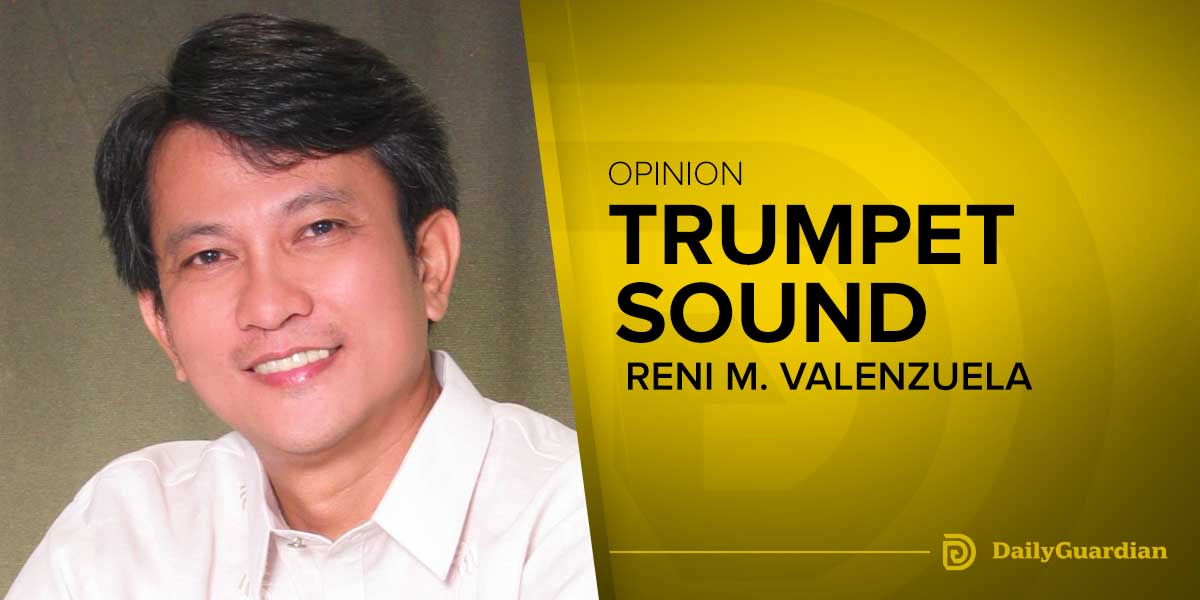When both chambers of Congress ratified the Expanded Philippine Science High School (PSHS) System Act last week, it marked more than just a legislative milestone. It was a moral and strategic shift—one that finally recognizes a long-neglected truth in Philippine education: talent is everywhere, but opportunity is not.
With only the President’s signature left before enactment, the law will allow up to two PSHS campuses per region, breaking the old “one campus per region” rule and potentially doubling access to the country’s premier public science high school. Notably, this will also apply to the newly created Negros Island Region, opening doors for more young learners across Western Visayas.
This is a welcome development, not only in the name of science but in the name of fairness.
For too long, elite science education in the Philippines has been the province of the few—those who live in cities, those who can afford review centers, or those lucky enough to live within reach of PSHS campuses. Children from inland Panay, upland Negros, or far-flung islands have had to overcome logistical and economic barriers just to take the National Competitive Examination, much less qualify and enroll.
As PSHS Executive Director Dr. Ronnalee Orteza aptly said during the Ugnayan 2025 forum in Iloilo, “Enhanced accessibility is one of the reasons we pushed for this expansion.” That statement reflects what the rest of the country has long waited to hear: brilliance shouldn’t depend on your address.
Education, especially in the sciences, is one of the most powerful tools to break the cycle of poverty. When given the right environment and support, children from marginalized communities can become engineers, doctors, researchers, and innovators. But they first need access—real, physical, logistical access—to the schools that can make those futures possible.
Unfortunately, simply building campuses will not be enough. There are students who still cannot take the entrance exam because there’s no testing center in their area. Others don’t apply because they’ve never heard of PSHS or don’t believe such opportunities are meant for people “like them.” In some cases, families would rather not let a child move away because of cost or safety concerns.
That’s why this expansion must be followed by aggressive outreach and support. Local governments should help establish more accessible test sites. Public school teachers must be trained to identify and mentor PSHS-worthy students. Guidance counselors and parents should be informed early about the scholarship and what it entails. We must widen the funnel before we can truly diversify who gets in.
But access, too, means nothing if quality declines. Dr. Orteza warned of the risk of “white elephants”—expensive campuses with too few qualified enrollees or insufficient resources to function at Pisay standards. It costs up to PHP1 billion to build a fully equipped science campus. It will take even more to ensure a consistent supply of trained faculty, lab equipment, research funds, and support systems that define the PSHS brand.
The Department of Science and Technology and the Department of Education must work together to protect what makes Pisay excellent. One standard must apply to all, whether the campus is in Quezon City or Kabankalan. If we lower the bar in the name of expansion, we betray the very promise we are trying to extend.
Still, this moment deserves to be celebrated. The passage of this law shows that our policymakers recognize the need to decentralize not just political power or infrastructure but also educational excellence. It sends a strong message to children in Tapaz, Caluya, or San Enrique: You matter. Your dreams deserve a chance.
The next great Filipino scientist could be living in a barangay where no one has ever heard of PSHS—yet. It’s our collective duty to change that. Let’s bring not only the school closer to the child, but also the dream within reach.
In building these campuses, we are not just raising walls. We are raising futures.






















